Best Hiking Trails in Washington State: A Pacific Northwest Guide
Washington State. Just the name conjures images of towering evergreens, rugged mountains, and breathtaking vistas. For hikers, it's a paradise. This guide will explore some of the best hiking trails the Evergreen State has to offer, catering to a range of experience levels. We've broken down trails by region to help you plan your Pacific Northwest adventure.
Olympic Peninsula: Rainforest Wonders
The Olympic Peninsula offers a unique hiking experience, dominated by lush rainforests and dramatic coastline. Expect incredible biodiversity and a feeling of being truly immersed in nature. The rugged terrain and variable conditions can make hiking here a challenge, so proper preparation is key. Consider the type of footwear you’re using – and perhaps even invest in a good pair of hiking poles for stability on uneven ground.
Hoh River Trail
Difficulty: Easy
Distance: Variable (up to 17.4 miles roundtrip)
Description: The Hoh River Trail is a classic rainforest hike. The trail follows the Hoh River, and you’re surrounded by ancient trees draped in moss. It’s a relatively flat trail, making it accessible to most fitness levels. Expect to encounter river crossings, especially earlier in the season. Maintaining balance across those river crossings can be tricky, and a good set of poles can really help!
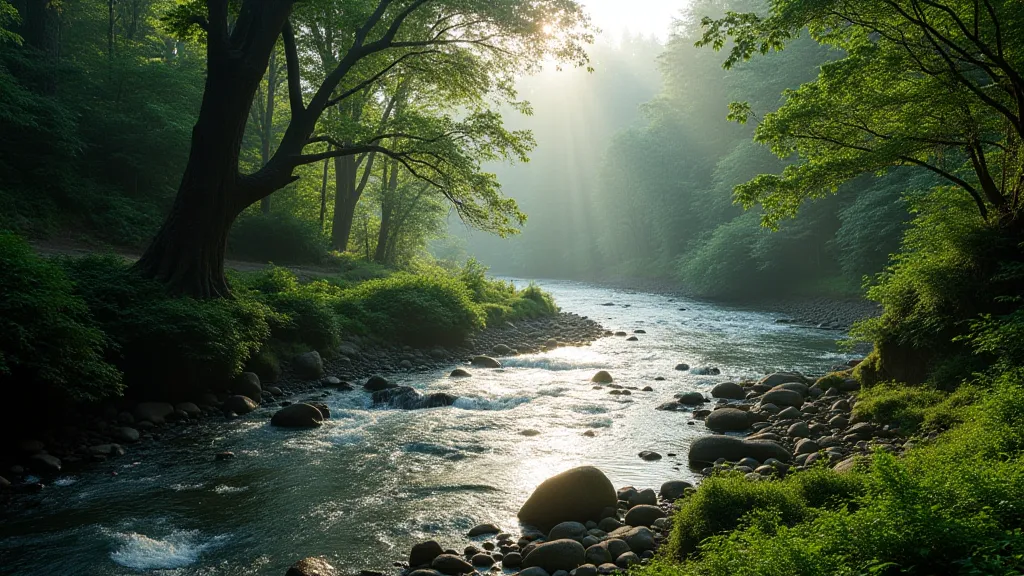
Hurricane Ridge Trails
Difficulty: Moderate (various options)
Distance: Variable (0.5 to 12 miles)
Description: Head to Hurricane Ridge for stunning panoramic views of the Olympic Mountains. Several trails offer varying distances and difficulty levels. The Hurricane Hill Trail is a popular choice, offering relatively easy walking with incredible views. The exposure at higher elevations means the weather can change rapidly; always check conditions before you go.
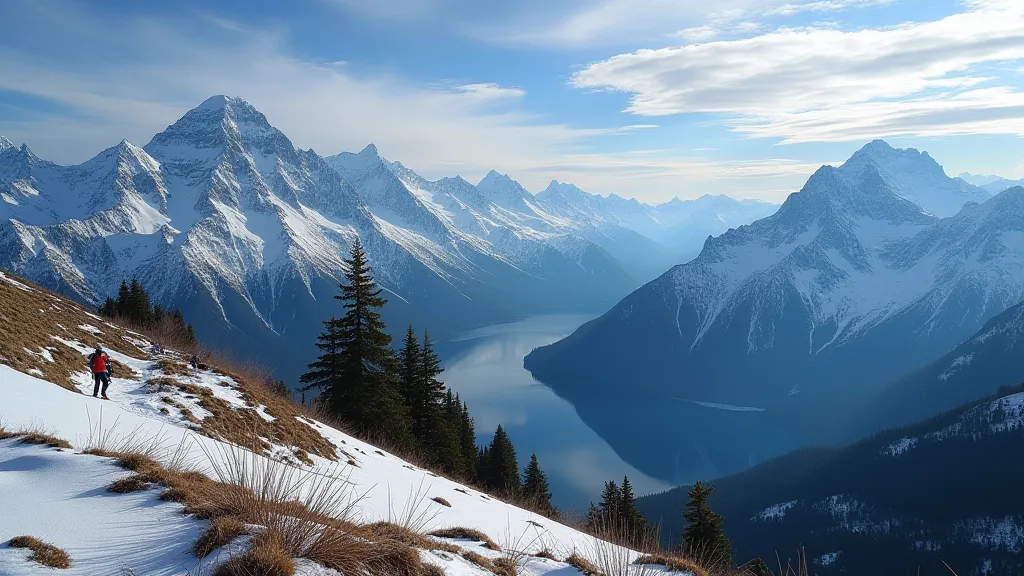
Mount Rainier National Park: Volcanic Majesty
Mount Rainier dominates the landscape of this national park, offering challenging climbs and rewarding vistas. Wildflowers bloom profusely in the summer months. This iconic peak attracts hikers of all levels, but it’s essential to understand the potential hazards. Unexpected encounters with wildlife are also a possibility; knowing how to stay safe in bear country is crucial – check out our guide to essential hiking tips for staying safe in bear country.
Skyline Trail to Panorama Point
Difficulty: Strenuous
Distance: 5.5 miles roundtrip
Description: The Skyline Trail to Panorama Point is a classic Rainier hike. This trail climbs steadily, offering spectacular views of the mountain and surrounding valleys. Expect to encounter snowfields even in summer. Check trail conditions before you go. Proper footwear and layering are key to dealing with unpredictable weather at higher altitudes. Be prepared for potential wildlife encounters – remember, it's *their* home.
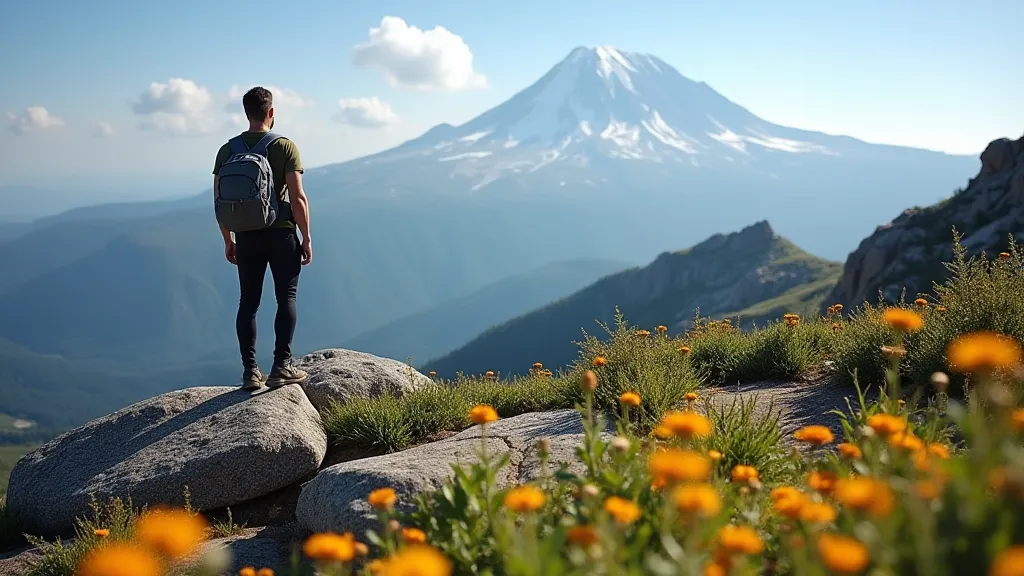
Naches Peak Loop Trail
Difficulty: Moderate
Distance: 3.6 miles roundtrip
Description: The Naches Peak Loop Trail provides a good workout with beautiful scenery. This loop hike offers views of Mount Rainier and surrounding meadows teeming with wildflowers. It’s a good choice for those wanting a moderate challenge. The vibrant colors of those wildflowers are a sight to behold, but be mindful of the delicate ecosystem and leave no trace.
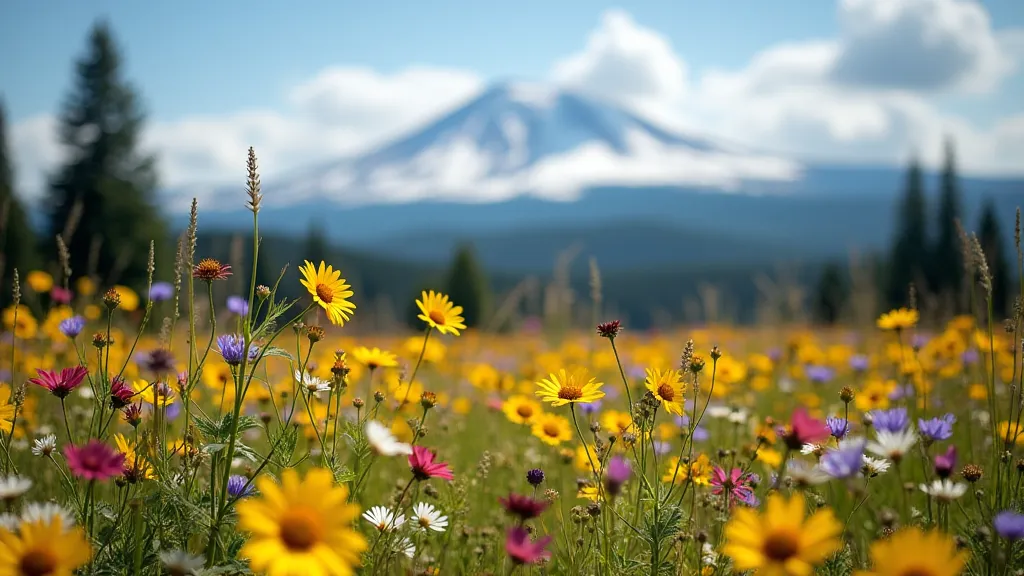
Cascade Mountains: Diverse Landscapes
The Cascade Range offers a diverse range of hiking experiences, from alpine lakes to dense forests. This region is known for its beauty and challenging terrain. Navigating steeper trails and uneven ground can be demanding, and using supportive gear can significantly reduce fatigue and potential injuries. Consider the benefits of hiking poles for added stability and reduced strain on your joints.
Lake Twenty-Two
Difficulty: Moderate
Distance: 5.6 miles roundtrip
Description: The Lake Twenty-Two trail leads to a stunning alpine lake nestled beneath towering peaks. The trail climbs steadily through a beautiful forest before opening up to spectacular views. Be prepared for some elevation gain. Reaching alpine lakes in Washington requires respect for the elements. Pack extra layers, be prepared for changing weather conditions, and always inform someone of your hiking plans.
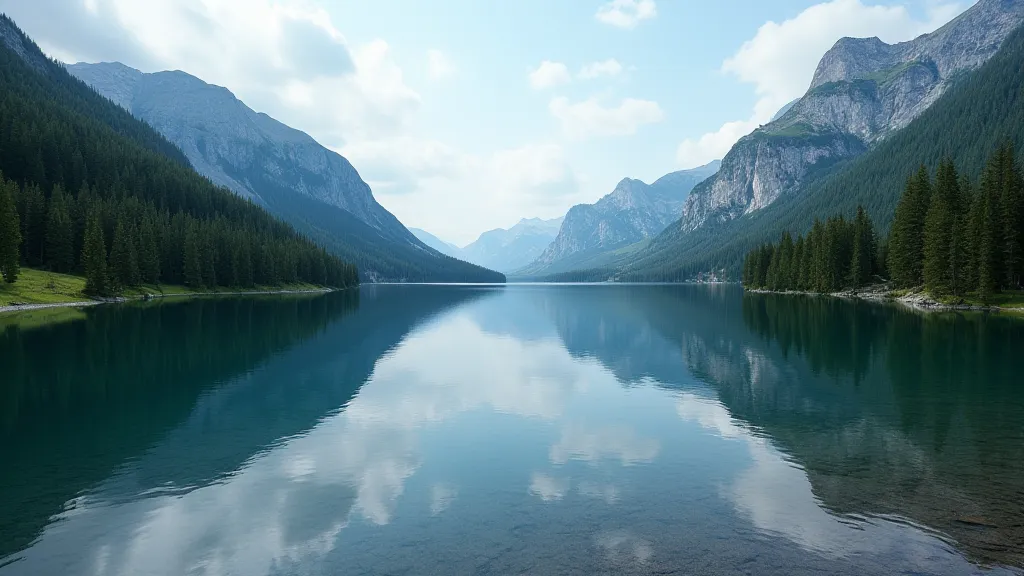
Colchuck Lake
Difficulty: Strenuous
Distance: 14.7 miles roundtrip
Description: Colchuck Lake is a bucket-list hike for many Washington hikers. The trail is long and challenging, but the reward is a stunning turquoise lake surrounded by jagged peaks. Permits are required. Successfully tackling a hike like Colchuck Lake requires careful planning and preparation. Remember to check permit requirements well in advance, as they can be competitive. Be sure to practice Leave No Trace principles; these fragile ecosystems need our protection.
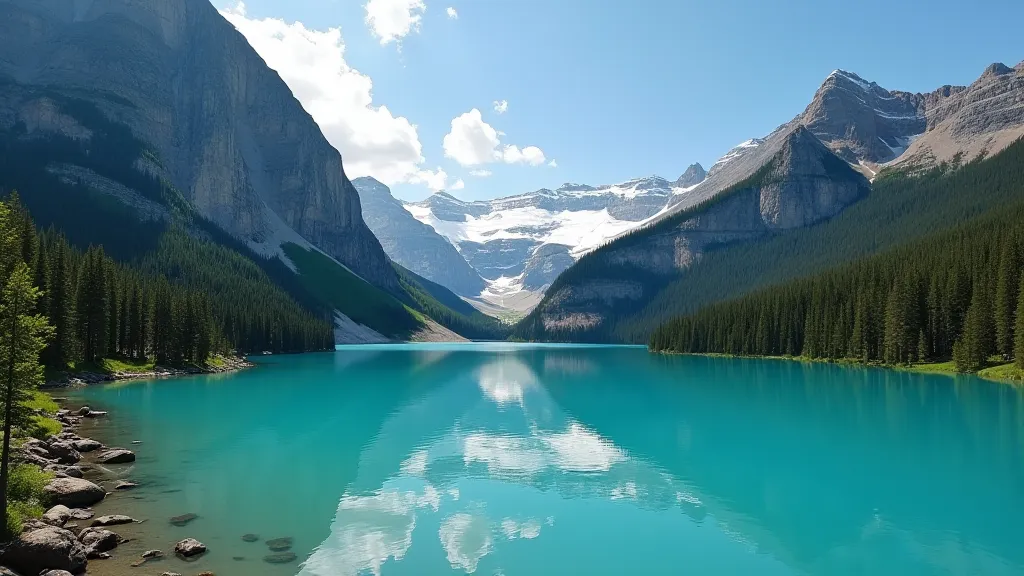
Important Considerations for Hiking in Washington State
Hiking in Washington State is a rewarding experience, but it’s important to be prepared. The beauty of the landscape comes with potential challenges, and a proactive approach to safety and environmental responsibility is crucial.
- Weather: Washington weather can change rapidly. Be prepared for rain, even in summer. Sudden shifts in temperature and precipitation are common, especially at higher elevations. Layering your clothing is essential for adapting to these changes.
- Permits & Pass: Many trails require a Northwest Forest Pass or a National Park Pass. Check regulations before you go. Failing to acquire necessary permits can result in fines and negatively impact the experience for others.
- Wildlife: Be aware of bears, cougars, and other wildlife. Store food properly and carry bear spray. Maintaining a safe distance from wildlife is paramount; never approach or feed animals. Understanding bear safety protocols is critical.
- Leave No Trace: Pack out everything you pack in and minimize your impact on the environment. Respect the delicate ecosystems you’re exploring. Carry out everything you bring in, stay on marked trails, and avoid disturbing vegetation.
- Navigation: Familiarize yourself with trail maps and compass skills. GPS devices can be unreliable in some areas. Knowing how to read a map and navigate using a compass can be a lifesaver.
- Emergency Preparedness: Carry a first-aid kit, whistle, and headlamp. Let someone know your hiking plans. Unexpected injuries or emergencies can happen. Being prepared and informing others of your itinerary enhances your safety.
With its diverse landscapes and stunning scenery, Washington State offers something for every hiker. Remember to prioritize safety, respect the environment, and embrace the adventure! Happy trails!
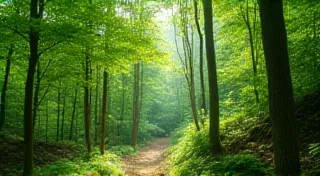
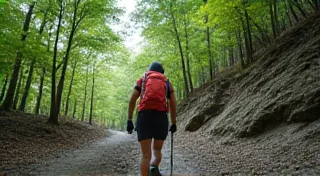
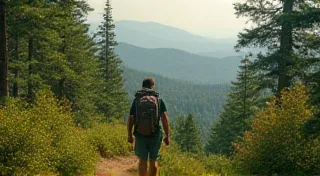

![Top 5 Day Hikes Near [Major City – e.g., Denver]](/thumbs/day-hikes-near-denver.webp)
